Understanding how often planters require new soil is an important part of gardening. And it’s a common question for gardeners. Using the right soil for your plants is like giving them a good home. But do they need a new house every year?
Sometimes, it’s possible to reuse the soil from your planters. It’s like recycling. Also, we’ll talk about when it might be better to use fresh soil. These are just simple ideas that are useful to anyone. You’ll have a clearer thought of what your plants need.
So, let’s get started on this gardening process. The answer will be clear in your mind regarding the need for soil to planters every year.
1. Reusing Potting Soil
Reusing potting soil is an environmentally friendly practice that saves money. When you reuse soil from previous plantings, you’re giving it a second life. To do this, remove any old plant material and roots from the soil. This helps prevent the buildup of diseases and pests.
Next, fluff up the soil to make it less compact. Plants need room to spread their roots, and compacted soil can make it hard for them to grow. Lastly, add some fresh compost or fertilizer to replenish the nutrients that the previous plants used up by using the help of wheelbarrow planter ideas.
2. Using Old Potting Soil
Using old potting soil is a smart gardening practice. But there are a few things to keep in mind. When you reuse soil, you’re making the most of your resources and reducing the need for new soil each year. However, it’s important to inspect the old soil for any signs of disease or pests.
If you see anything suspicious, it’s best to dispose of the soil rather than risk infecting your new plants. Assuming the soil looks healthy, fluff it up to improve aeration. Good aeration allows plant roots to breathe and access nutrients more easily.
3. Enhancing Soil for Plants

Enhancing soil is a fundamental aspect of offering unique garden decor tips. A little boost to your old potting soil can significantly support your plants’ growth and bring a distinctive charm to your garden. The easiest way to improve soil is by adding compost. Compost is like a natural plant food.
It’s rich in nutrients that plants love. When you mix compost into your soil, you’re giving your plants a nutritious meal. This is especially important for potted plants because they rely on the soil you provide. Compost also improves soil structure, making it fluffier and better at holding moisture.
4. Do You Need New Soil Each Year?
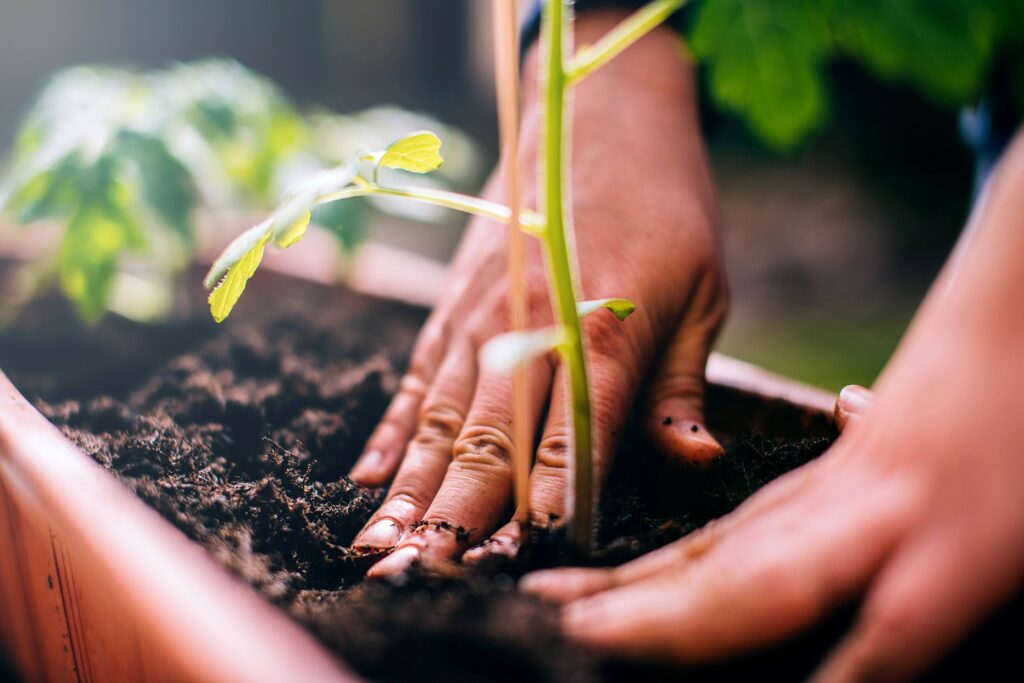
The question of whether you need new soil each year is a common one among gardeners. The answer is no; you don’t necessarily need new soil every year. Reusing potting soil from previous years can be a smart and eco-friendly choice.
By reusing soil, you’re reducing waste and saving money. However, there are a few key considerations. First, it’s essential to inspect the old soil for any signs of trouble, like diseases or pests. If you spot any issues, it’s better to dispose of the soil to prevent problems with your new plants.
5. Risks of Reusing Soil
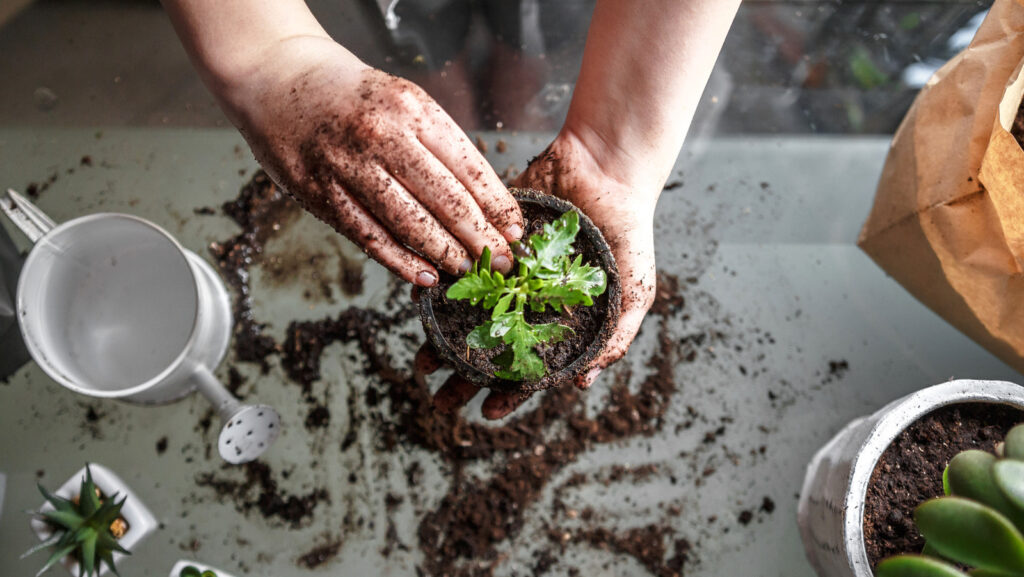
While reusing potting soil offers many advantages. It’s essential to be aware of potential risks. The main concern when reusing soil is the possibility of carrying over diseases or pests from previous plantings. These unwanted diseases can harm your new plants. To mitigate these risks, thorough inspection of the soil is crucial. Look for any signs of disease, like discolored or wilting plants from the previous year.
Also, check for pests or their eggs. If you detect any problems, it’s best to discard the soil to prevent potential issues with your new plants. Taking these precautions can help ensure that your reused soil supports healthy plant growth while minimizing the risks of disease and pests.
6. Storing Potting Soil

Properly storing potting soil is essential to maintain its quality over time. To keep your potting soil in good condition, store it in a dry place away from moisture. Moisture can make the soil come together and may promote the growth of unwanted mold or bacteria. To prevent pests like insects or rodents from getting into the soil, ensure the bag or container is tightly sealed.
It’s also a good practice to store the soil off the ground on a pallet or shelf. This prevents moisture from seeping in through the bottom. By following these storage guidelines, you can increase the lifespan of your potting soil and ensure it remains ready for use whenever you need it.
7. Potting Soil Lifespan
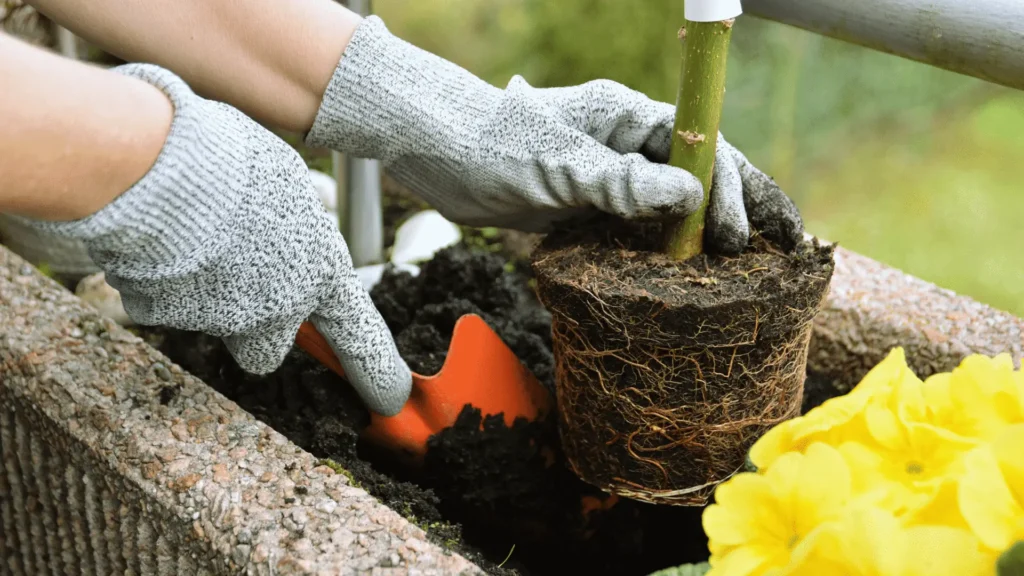
The lifespan of potting soil depends on how well it’s cared for and how frequently it’s used. When stored correctly and maintained properly, potting soil can last for several years. The key is to keep it dry and sealed in an airtight container or bag to prevent moisture and pests from damaging it. However, over time, potting soil can lose some of its nutrients as plants extract them.
To address this, consider changing the soil with fresh compost or plant fertilizer before using it for new plantings. This increases the nutrients and ensures that your plants have the nourishment they need for healthy growth.
Conclusion
You don’t have to get new soil every year for your planters. That’s good news. Reusing the soil you already have is a great way to save money and be kind to our planet.
The key is to check the old soil carefully. If it looks healthy and free of problems like sick plants or pests, you can use it again. Just fluff it up so it’s not too packed, like a comfy pillow, and add some plant food to give your new plants a meal.
If you do this, your soil can keep on helping your plants grow for a long time. Keep an eye on your soil’s health, and you’ll have happy, healthy plants year after year.

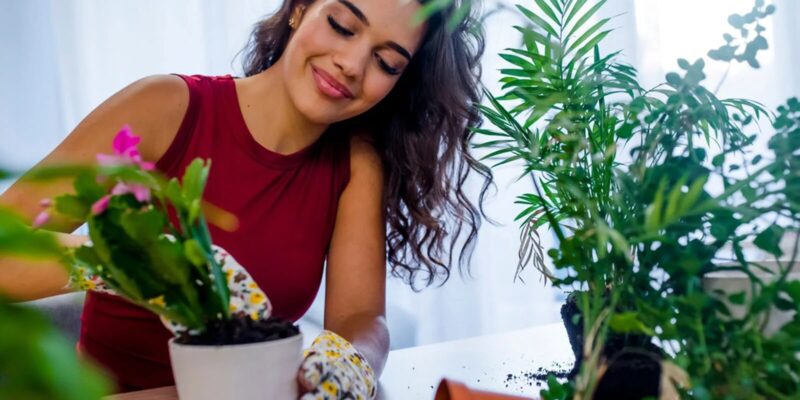

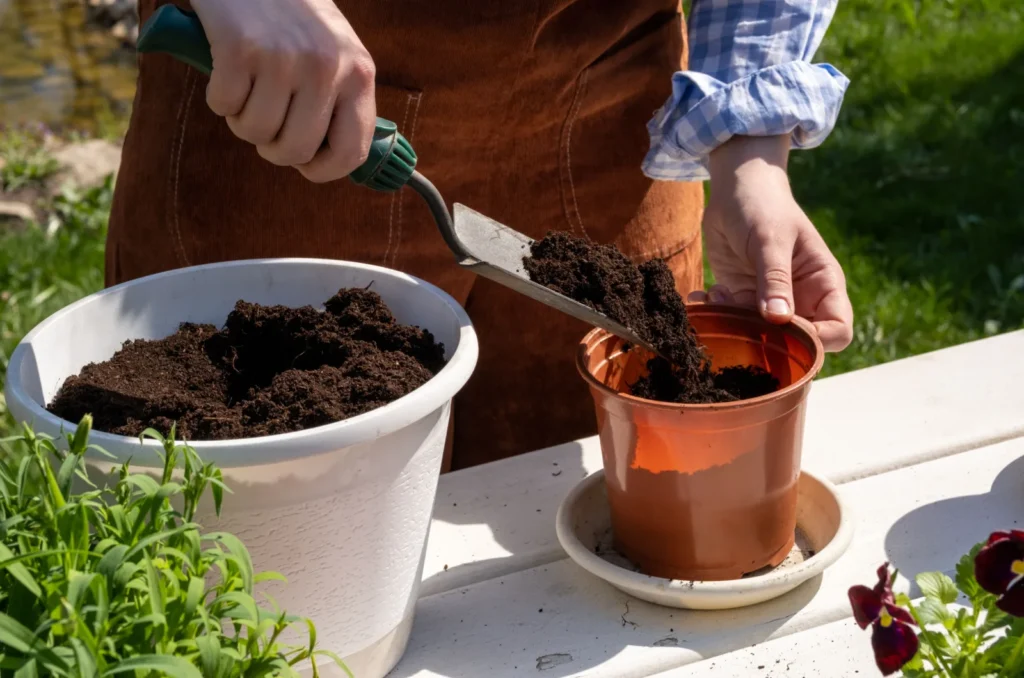
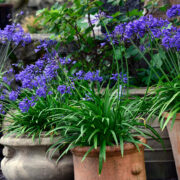
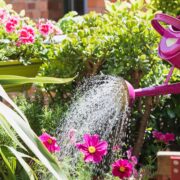


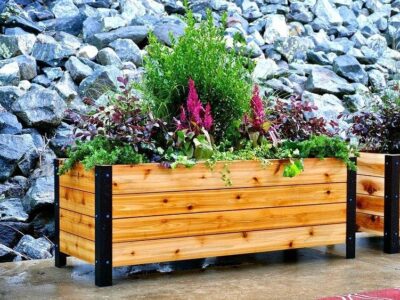
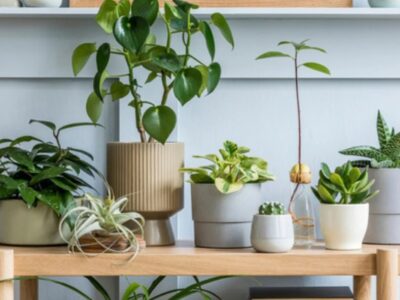
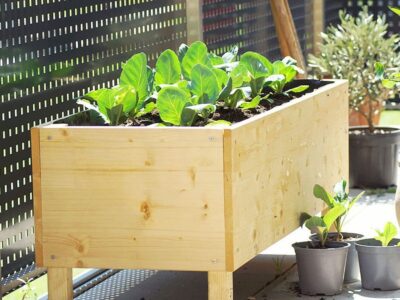
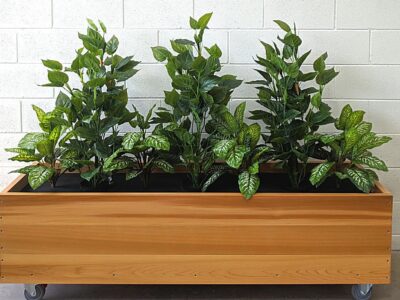
Comments